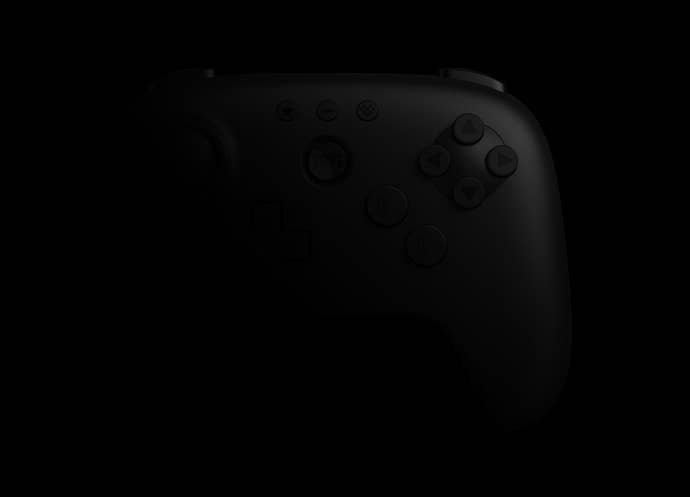The retro king, Analogue, takes on the N64 next with Analogue 3D
Not content with impressing everyone with the Analogue Pocket, the king of retro hardware turns its sights on the 64-bit generation.
After successful run-outs with the NES, SNES, Mega Drive, and Game Boy, neo-retro console creator Analogue is finally going 64-bit.
The Analogue 3D is described by the company as a “reimagining of the Nintendo 64”. The machine will maintain 100% compatibility with all games from all regions - and be able to display N64 games at 4K resolution.
If you, like me, are someone who feels a crisp HD presentation doesn’t look right for N64, Analogue also has you covered. The Analogue 3D will also feature ‘Display Modes’, which have what the company is calling “reference quality recreations” of that iconic CRT fuzziness.
This feature previously appeared on the Analogue Pocket, the company’s Game Boy-styled handheld recreation, allowing players to have a crisp presentation or one that closely resembled the screen output from specific Game Boy models. For the Analogue 3D, the display modes will be based on specific iconic CRT and PVM display models from back in the nineties - something far more specific than a generic ‘CRT filter’.
The Analogue 3D is once again powered by FPGA. This technology has been the bedrock of Analogue’s consoles. FPGA stands for ‘Field-Programmable Gate Array’, but forget that mumbo-jumbo. Basically, an FPGA chip is programmed to act exactly like another chip at the hardware level - for instance, the chipset that you’d find inside an N64. There’s a lot to all this, but is is different to software emulation - and far more accurate.

This means that generally games run pixel and frame perfectly to how they did on real hardware – and where that doesn’t line up, the FPGA can be patched to ensure accuracy.
This is the same stuff that powers things like homebrew MiSTer setups, and FPGA powered chips are now the go-to for things like arcade restoration if a board needs to be replaced with something more modern. It’s worked brilliantly on past Analogue consoles – which is why the company has garnered a reputation as the Rolls Royce of retro gaming.
This comes at a cost, obviously. The analogy I always use is that the retro gaming revival is a lot like the vinyl record revival.Just as you can go to your local electronics store and pick up a cheap bluetooth turntable, you can grab a SNES mini or some less-official, ROM-powered, software-emulated throwback online. But Analogue makes the flash gear – the gaming equivalent of the expensive, high-end turntable for audiophiles. Some will balk at the price, but if you’re into this sort of thing, they’re the premium thing to own.
If you’re familiar with the other Analogue machines, in most ways the Analogue 3D is most similar to the company’s other efforts. It runs on Analogue OS, supports Wireless Bluetooth and 2.4G for syncing up myriad controllers (a modern N64 controller equivalent is teased in the 3D’s press release), and also features four N64 controller ports in case you want to use original pads instead.

The Analogue consoles are designed for original software - meaning it takes OG N64 carts, and won’t natively play ROM files. Often fans crack that open like an egg quite quickly, however. Notably, Analogue 3D does not support openFPGA, the Analogue Pocket feature that allows that machine to play games from a great many more systems. This is more traditional, it seems - closer in style to the Analogue Nt (NES), Super Nt (SNES), and Mega Sg (Mega Drive/Genesis).
Right now, Analogue isn’t showing off any images of the machine, and only has a loose release window of ‘2024’. The company is currently focused on releasing new limited edition colorways of the Analogue Pocket, and also has the Analogue Duo, which plays TurboGrafx-16 and other NEC brand games, yet to release.









